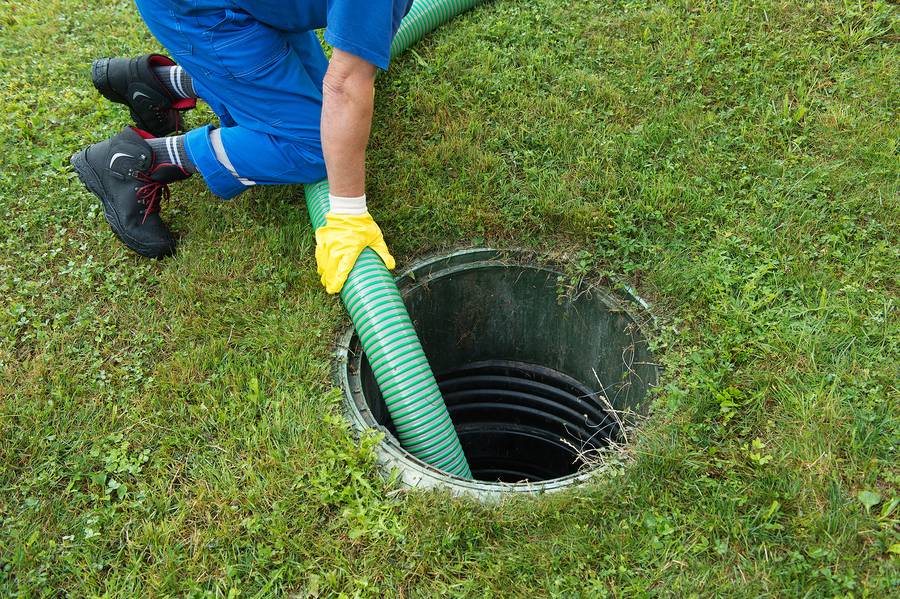
25
A septic system is a crucial part of many homes and businesses, as it is responsible for treating and disposing of wastewater. However, if not properly maintained, a septic system can become dangerous and even lead to health hazards. Here are some things to watch out for that may signal a dangerous septic system.
One of the most obvious signs of a dangerous septic system is the presence of foul odors. If you notice a strong, unpleasant smell coming from your septic tank or drain field, it could be a sign that your system is not functioning properly. This could be caused by a variety of factors, such as a full tank that needs to be pumped, or a clog in the drain field.
If you notice that your drains are draining more slowly than usual, it could be a sign that your septic system is backed up. This could be caused by a variety of factors, such as a clog in the pipes, or a full tank that needs to be pumped.
If you notice water pooling around your septic tank or drain field, it could be a sign that your system is not properly disposing of wastewater. This could be caused by a clog in the pipes or the overflow of your tank. This is a sign that your tank is full and you need septic tank pumping.
One of the most dangerous signs of a faulty septic system is a sewage backup. If you notice raw sewage coming back up through your drains, it is important to contact a septic company immediately, as this could lead to serious health hazards.
If you notice unusual plant growth around your septic tank or drain field, it could be a sign that your system is not functioning properly. This could be caused by an overflow of wastewater or a clog in the pipes.
The best way to prevent these issues is to schedule regular septic tank pumping with Charlotte Septic Pros. Septic tanks should be pumped every 3 to 5 years, depending on usage. A professional septic company can also inspect the tank for any damage or leaks and can provide any repairs needed. Additionally, it's important to be mindful of what is flushed or poured down drains and to avoid overloading the system with too much waste or non-biodegradable materials.
A septic system is a crucial part of many homes and businesses, but if not properly maintained, it can become dangerous and even lead to health hazards. Keep an eye out for foul odors, slow drainage, water pooling, sewage backup, and unusual plant growth. If you notice any of these signs, it is important to contact a septic company immediately. Charlotte Septic Pros will be able to diagnose the problem and provide the necessary repairs or maintenance to keep your septic system functioning properly and safely.
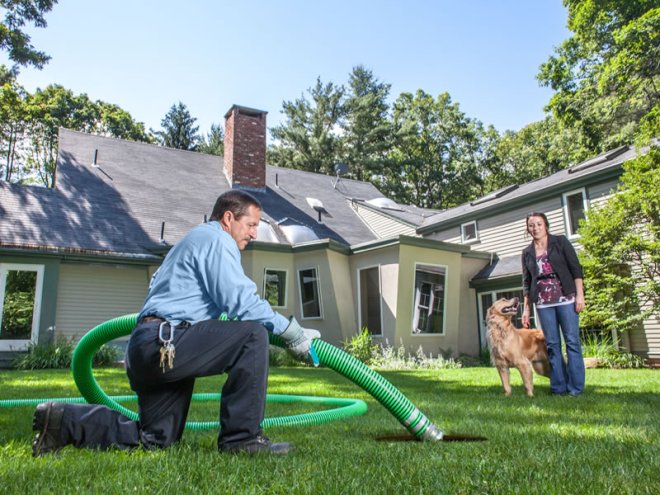
29
5 Things You’re Doing Every Day That Fill Up Your Septic Tank Faster Your septic system works quietly in the…
Read more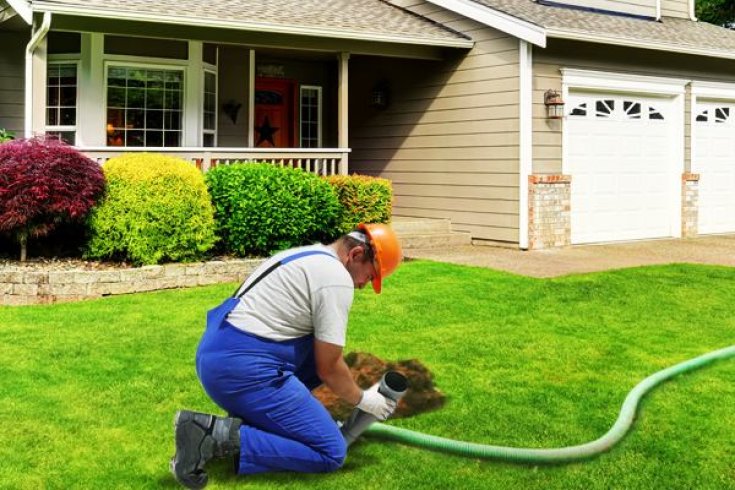
21
Is It Normal for Grass to Grow Greener Over My Septic Tank? If you’ve noticed a patch of grass in…
Read more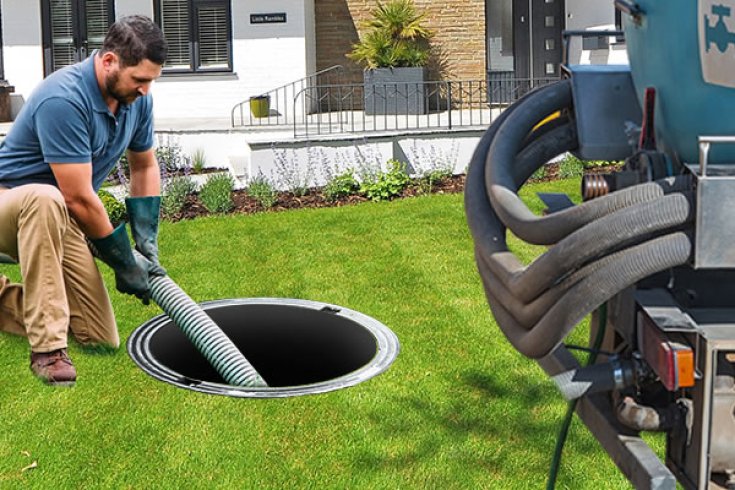
16
Why You Shouldn’t Wait Too Long to Pump Your Septic Tank A septic system works tirelessly behind the scenes to…
Read more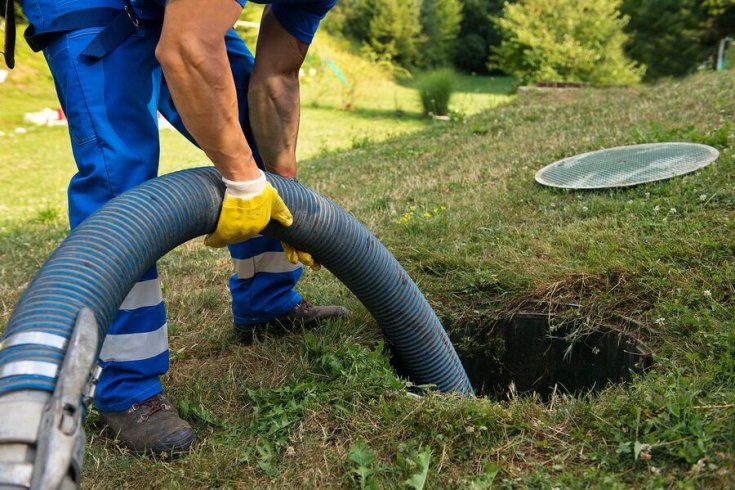
07
Septic Tank Smells? Let’s Talk About What’s Really Going on Underground A septic system is designed to manage wastewater efficiently…
Read more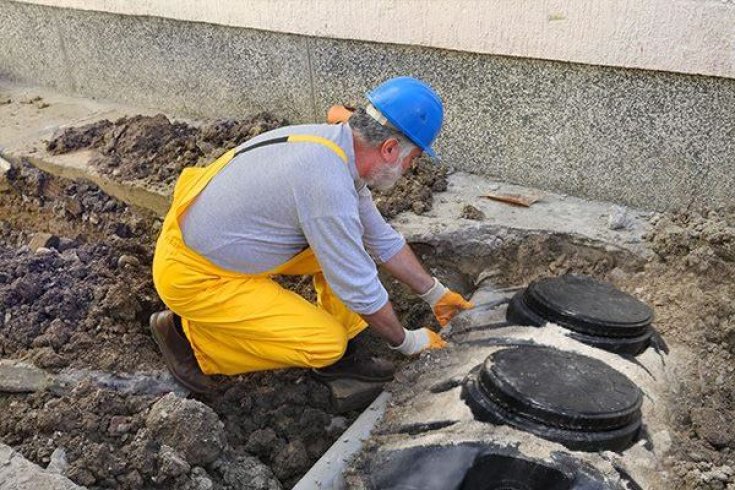
31
Why Neglecting Your Septic Tank Can Affect Your Yard, Home, and Health A well-functioning septic system is essential for managing…
Read more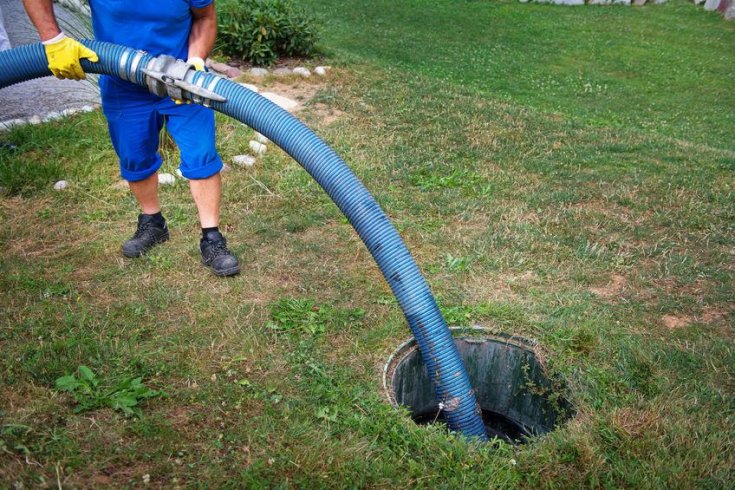
24
How to Prepare Your Septic System for Heavy Rain or Flooding When heavy rain or flooding hits, one of the…
Read more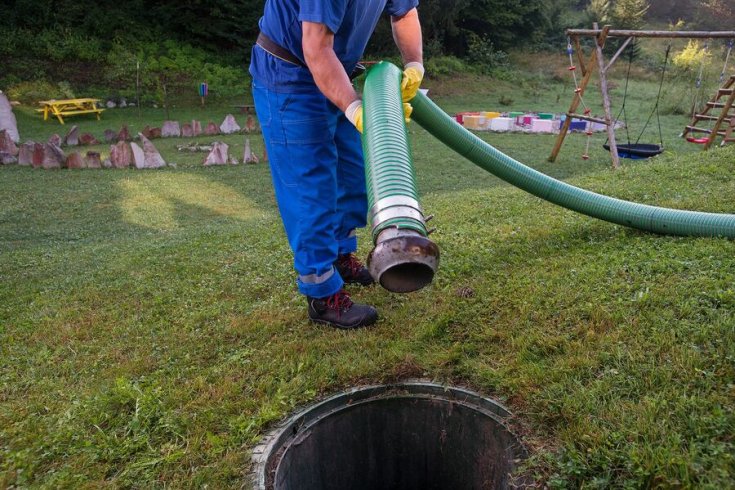
18
Does My Septic Tank Smell Mean Trouble? A well-functioning septic system should work quietly and odorlessly beneath the surface. If…
Read more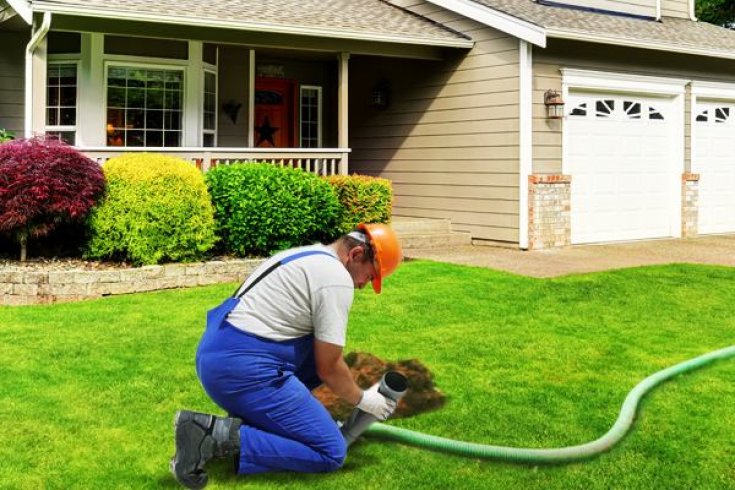
11
DIY Septic Maintenance: What You Can and Can’t Do When it comes to your home’s septic system, a little regular…
Read more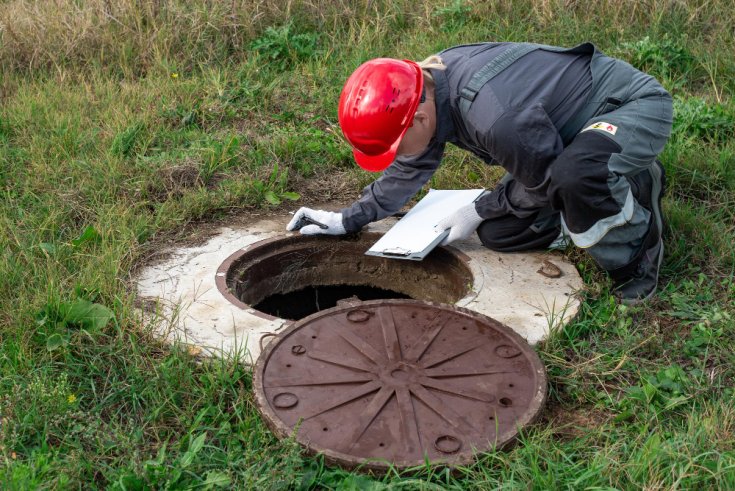
03
Top 3 Warning Signs Your Septic Tank Is Overdue for Service Your septic system is one of the most important…
Read more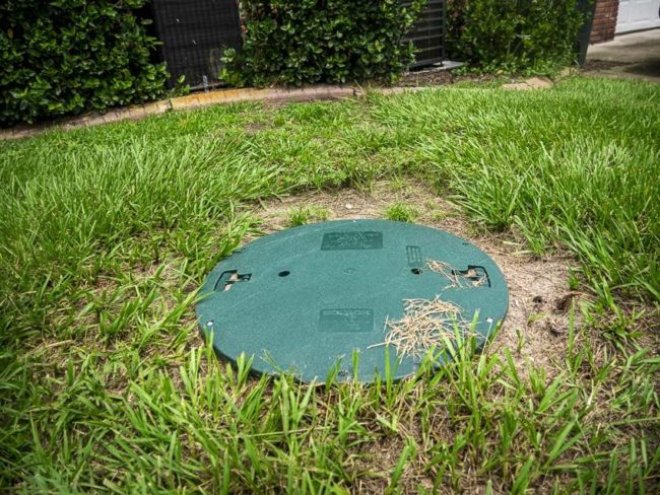
24
Can Rain Affect Your Septic Tank? What to Know During Storm Season Heavy rain is a fact of life during…
Read more